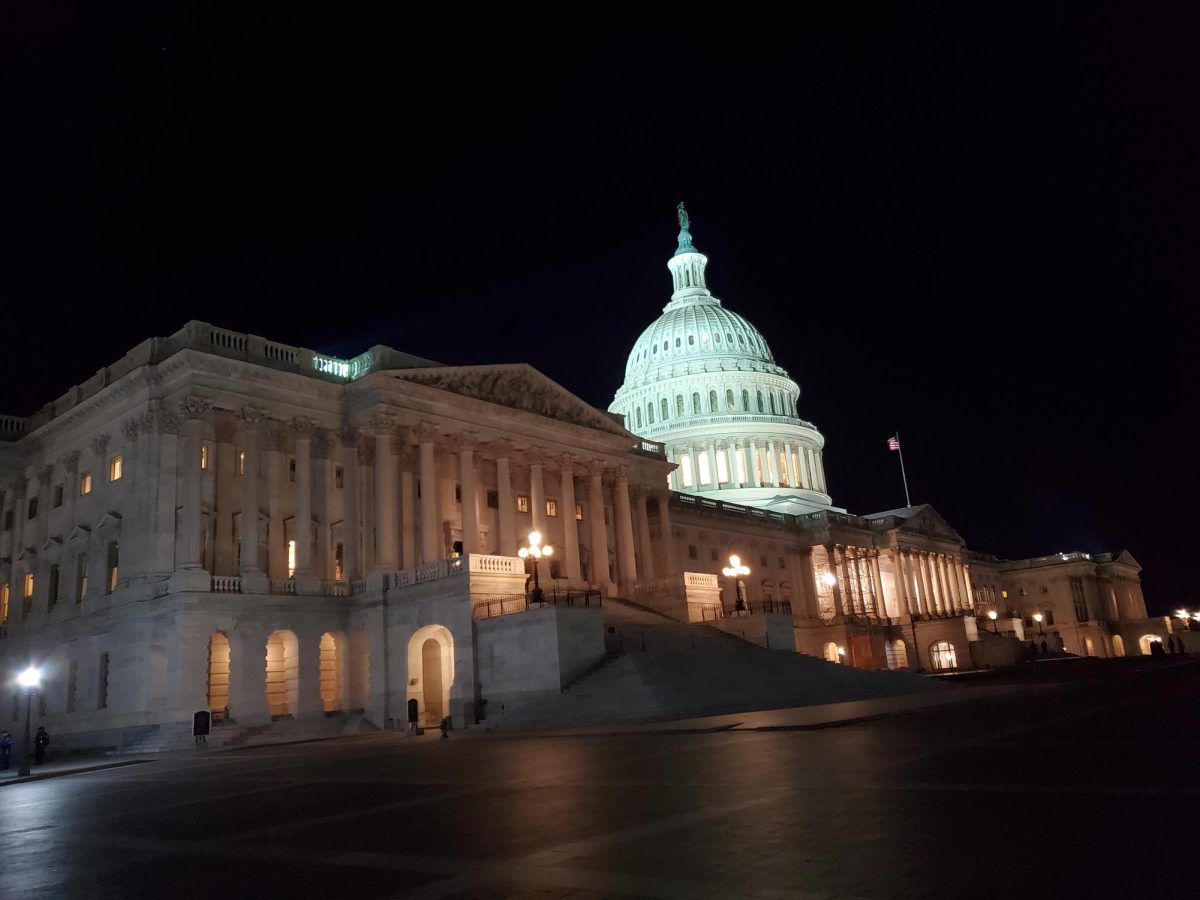Kumbh Mela, an Indian festival, is the largest gathering of people for a religious purpose. Almost 80 million people are expected to visit the Ganges river during the 55-day festival.
Kumbh, a Sanskrit word for “pitcher,” is also a zodiac sign in Indian astrology for Aquarius. The festival is held under the Aquarius sign while Mela means, “a gathering.”
In Hinduism, Kumbh Mela is celebrated four times every 12 years, rotating between four pilgrimage sites on four sacred rivers: Haridwar on the Ganges River, Ujjain on the Shipra, Nasik on the Godavari, and Prayag at the junction of the Ganges, Yamuna, and the mystical River Sarasvati.
Each site’s celebration is determined by particular zodiacal positions of the Sun, Moon, and Jupiter. The holiest time is when all the zodiacal conditions have been met.
Bathing at this time is the greatest religious merit. Kumbh Mela is considered such an auspicious and holy time that bathing days after the Kumbh Mela are scheduled weeks or months before or after the festival.
According to Hindu mythology, by bathing at this specific time and designated sacred river, a person can relieve himself of his sins, attain Moksha, and be at peace instead of being constantly born and reborn.
Rajkumar Singh, a government worker in Punjab said, “I have travelled for three days by bus, train and foot to reach the festival. I believe a bathe on the most auspicious day will get rid of all my sins and will help me secure me and my family’s future.”
At the same time, since a huge number of people are all rushing to get into the river, accidents are prone to happen. In the most recent Kumbh Mela Festival, 36 people, mostly women and children, died in a stampede at a railway station near the city of Allahabad while another 30 were injured.
Kumbh Mela is the most religiously important event for Hindus. But besides the thousands of Hindus who steadfastly attend every Kumbh festival, many other famous saint groups take part in the festival, such as the Naga Sadhus, Urdhwavahurs, Parivajakas, Shirshasins, and Kalpavasis.
As part of their religious ritual, Naga Sadhus never wear clothing and smear themselves in ash. Urdhwavahurs believe in putting the body though severe conditions. Parivajakas have taken an oath of silence and use bells to alert others to their presence. Shirashasins stand for 24 hours and meditate for house while standing on their heads.
Kalpvasis’ spend the entire month of Kumbh on the banks of Ganga, meditating, performing rituals, and bathing three times a day.
The 2013 festival is expected to have a record numbers, as it is a Maha Kumbh Mela which only occurs after 12 purna kumbhs, every 144 years, always takes place at Allahabad.
The Indian government has dispatched 70,000 aid workers to provide security and uphold sanitary measures for the 10 million people who are already encamped near the Ganges.






